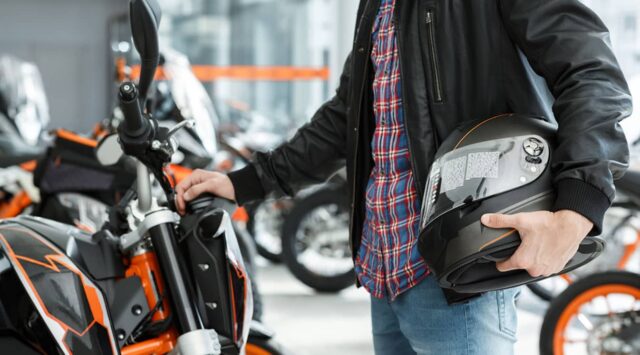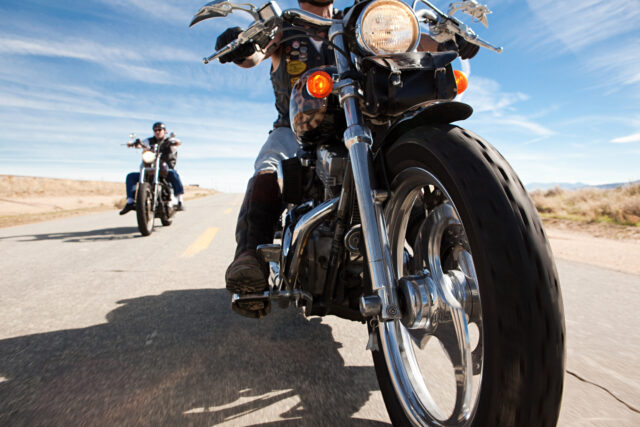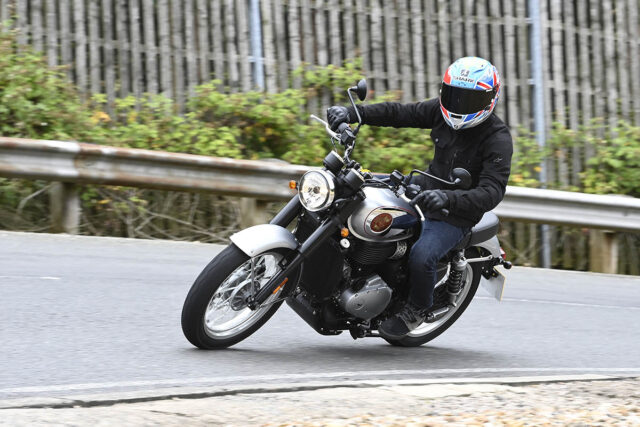It takes a special type of person, namely someone who has a slightly braver nature than many others, to enjoy the thrills and elevated sense of danger associated with riding a motorbike. Furthermore, many motorbike riders claim that, once you invest in your very own motorbike, you automatically join an elite and exclusive club that people with no motorbike knowledge could ever hope to be part of.
So, with this in mind, whether you’ve already passed your test and are proudly displaying your shiny new motorbike on the drive, or else you’re still considering whether a motorbike is the right mode of transport for you, either way, this article is for you. Here’s everything you need to know as a new motorbike owner.
1. Stick to Your Comfort Zone

As touched upon briefly in the introduction, riding a motorbike is undeniably riskier, in terms of your personal safety on the road, than a sturdier and more encompassing car, and as such, it’s even more important to not push yourself when riding it, especially in the first few weeks and months.
Be aware of your strengths and weaknesses with the vehicle, make sure you never, even when you’re more experienced, put yourself in the position of feeling as if you’re pressured to carry passengers or drive faster, and overall, be sensible and know your limits.
2. Pay Close Attention to the Weather
Next, the importance of paying attention to both the current and the future weather conditions before you embark upon a journey can simply never be overstated, as a lack of visibility due to fog or heavy rain can endanger not only your own life, but others on the road, too.
Obviously, when driving a car or truck, harsh weather conditions can be extremely dangerous and pose several additional hazards while driving, but when you’re on two wheels, the potential dangers are tripled.
As a rule, you should never set out on even the shortest motorbike ride if it’s snowing, or there’s any sign or slightest hint of ice on the road, and what’s more, if the roads are clear at the time, but snow is predicted later on in the day, you should again seek alternative transport.
3. Be Visible at All Times

During your motorbike test and previous lessons, your instructor will have no doubt made you fully aware that, especially in the case of larger lorries and cars, sometimes, the drivers of such vehicles are unable to see a motorbike rider more often than when a car is in their blind spot.
As a result, for your own safety and indeed, your peace of mind, make sure that you’re visible on the road at all times, whether this is a busy motorway during the peak of rush hour, or else on a winding and abandoned country dirt road.
By far the most common cause of accidents, injuries, and tragically, fatalities for motorbike riders in the UK is when a car pulls out of a junction and doesn’t see the oncoming motorbike coming around the inside of the roundabout. As such, it’s up to you to read the road at all times and anticipate the potential dangers of cars pulling out in front of you ahead of time.
4. Keep On Top of Motorbike Maintenance
As you’ll no doubt now be fully aware of, the experience and techniques involved in riding a motorbike are, in some ways, considerably different from driving a car, and these differences are also evident when it comes to vehicle maintenance.
Respected and reputable motorbike suppliers like bmgscooters.com will not only be able to provide you with detailed and personalized information, help and advice on everything related to motorbike maintenance, but they also stock a huge range of bikes and scooters to suit everyone.
Basic motorbike maintenance tips that you should be capable of performing before every journey include the following:
- Ensuring the oil filter is clean and the oil is changed regularly.
- The battery is healthy with a long life.
- You have plenty of fresh and high-quality fuel.
- Your tires are in good condition and the right pressure.
- The chain is well lubricated and tightly woven.
- The cables are free from excess grease and oil.
5. Practice Control at Low Speeds

Unless you’re fortunate enough to live in the countryside and rarely have to control your bike in slow-moving traffic in the middle of a bustling city center, another crucial tip for new motorbike owners and riders is to spend time learning how to control your speed in such conditions.
As the driver of a car, you’ll have often seen skilled motorbike riders weaving their way through slow-moving or gridlocked traffic and maybe even enviously wished that you were able to skip the lines like them. As beneficial as this ability is, it requires intense concentration and skill and involves choosing exactly the right safe pathway through the cars.
Just in the same way as when you had to prove agile management of the clutch and throttle during your CBT test as part of your training, this balance between the two is also the key to low-speed control and should be extensively practiced.
6. Braking

The sixth and final most important thing to remember before you set off on a planned ride to reap the rewards of your hard work and dedication to become a licensed motorbike rider is that you can never practice the art of proper and accurate braking enough.
Many accidents involving motorcycles occur when cars pull out on a motorbike and the rider of the bike needs to brake suddenly and harshly, as this can lead to the front wheel locking, causing the rider to fall from the vehicle.
To avoid this unfortunately common and exceedingly dangerous incident, even though your instinct will be to grab the front brake as soon as you see the problem, is to train yourself to instead apply the front brake gently. This way, the suspension won’t dive and the bike will stop safely and prevent a collision.









